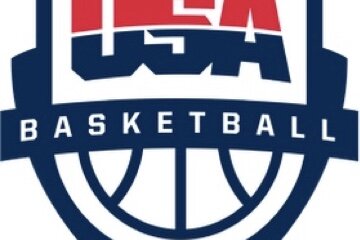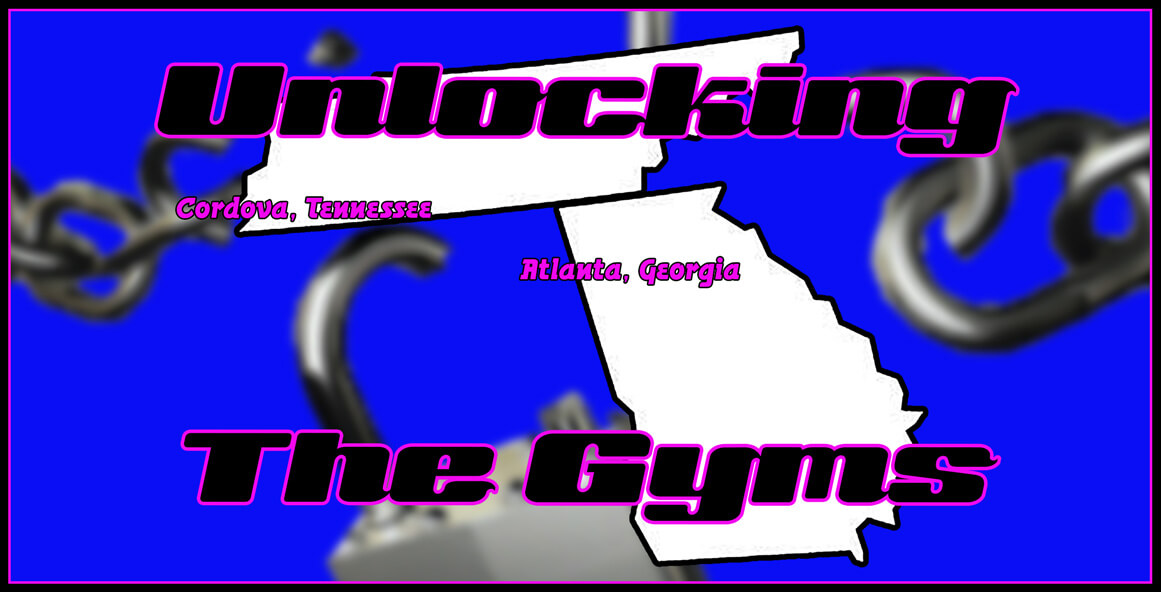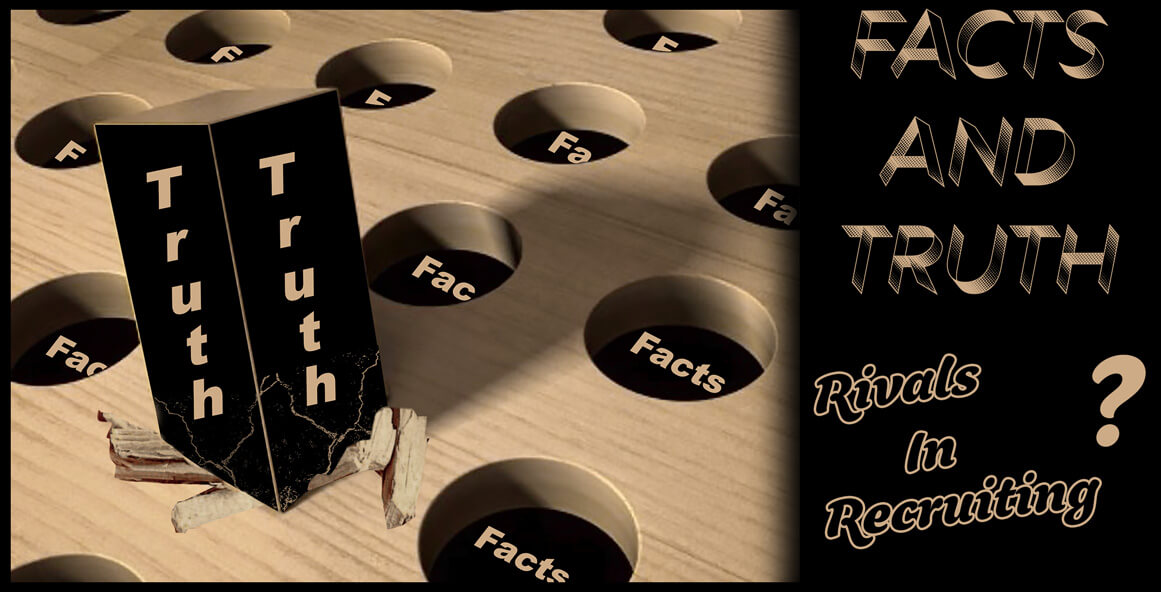
I’m willing to step up and admit when something happens that I was absolutely convinced would never occur in my lifetime. I mean, let’s face it, who ever envisioned the NCAA actually admitting publically that one or two of their legislative maneuvers might not be such hot ideas. Well, it did happen, just last week as a matter of fact. Never one to let foresight and common sense get in the way, the folks in Indianapolis rethought and reacted to feedback from coaches regarding pending legislation that was tantamount to a return to the recruiting stone ages.
First off, they tabled the removal of guidelines that would have opened the floodgates on printed materials that could be sent to prospects. Then they agreed to reconsider the ill-advised reinstatement of text messaging as well as the intent to remove any numerical limits on the number of permissible phone calls when the Board of Directors reconvenes in early May.
Before anyone sees these efforts as altruistic and working for the greater good of the sport or nominates the NCAA for a Nobel, let’s revisit the history and thought process behind both the change of heart and the legislation itself. First off, the NCAA is in this self-proclaimed “deregulation” mode and looking to “streamline” things in terms of the bylaws surrounding recruiting and the manual as a whole. On the surface that may seem like an overdue and much needed venture. Look a little deeper and you realize it’s actually somewhat self-serving and the equivalent of throwing in the towel. Essentially they don’t want to deal with what they deem to be minor and inconsequential violations during the recruiting process. You might get a different point of view if you ask the coaches on a prospect’s short list that got a rejection notice just how inconsequential someone else’s minor rule skirting was in their eyes.
It’s a given that a large majority of recruiting ethics are grounded in the willingness to self-govern. But then again so are taxes and traffic guidelines. Sure, we’ve got the IRS in our paychecks and law enforcement sitting roadside, but it isn’t their actual presence that keeps us on the straight and narrow. It’s the fear of an audit or a speeding ticket and ultimately the long term consequences or cost.
The same goes with recruiting. It’s the existence of the legislation and the potential ramifications of getting caught that keep coaches diligent and toeing the line. Are the rules bent and do some coaches live in a world so gray that it looks like an urban skyline of fumes and exhaust at rush hour? You bet, but I only set my cruise control five miles an hour over the speed limit and stretch my charitable contributions on my tax return just a little bit. The point is that while recruiting may be inundated with more rules than reruns of Law and Order, they do serve a purpose.
Remove the guidelines on printed materials and the United States Postal Service will undoubtedly be able to save Saturday delivery and possibly even turn a profit. How do I know that? We’ve been there before and have seen firsthand the lengths that recruiters will go to. Where do the powers that be in the upper echelons of member schools and the NCAA think that the guidelines came from in the first place?
In the “not so good” ‘ole days, we sent it all. Media guides, posters, massive amounts of creative and slick printed mail outs that would put Fortune 500 marketing reps to shame had the mailboxes of prospects coast to coast overflowing on a daily basis. How about a letter written on a three foot wide and five foot long piece of butcher paper or actual “scrolls” sent in mailing tubes? I know about those things because I did them all and plenty more.
Did any of it make my program a better fit or the right place for a recruit than another school? Not at all, but it did create awareness and familiarity as well as take a huge chunk out of the recruiting budget. Don’t forget that for a long time, when it was permissible, we utilized FedEx, UPS and other overnight services to make an even bigger splash.
While we’re at it, don’t overlook the other aspect of this deregulated legislative effort that would have allowed for someone other than actual coaching staff members to spearhead the correspondence effort. The programs with deep pockets almost assuredly would have created new, full time positions to coordinate and supervise the multiple part time student help and managers already doing the leg work so the coaches can just sign it or hit the send button. Now there’s an example of streamlining at its very best. And let’s not forget the challenge it would have become for economically limited programs to compete both in terms of personnel and volume. At least, for the time being, logic has prevailed and these two changes have been “suspended” to use the NCAA’s term.
The other ticking time bomb which still looms and has the potential to create headaches and nightmares for recruits and coaches alike essentially revolves around an old debate on phone calls and text messaging. The Board decided…for now… to leave in place the new rule (or removal) which eliminated restrictions governing modes and numerical limitations on recruiting communication. Now there’s some good news. Of course they are going to take a look at it again in May, but the mere idea that it is even a consideration is evidence that you have smart people making uninformed decisions. Or at the very least suffering from a memory lapse witnesses often have when testifying before a congressional committee.
At one point there was a genuine concern regarding the impact of recruiting communication on the lives of perspective student athletes. This was even echoed and confirmed repeatedly by a student athlete advisory committee. While the youth of today are far more connected and their world revolves around smart phones, social media and whatever “in touch” technology that currently looms on the horizon, they still deserve an element of respect for their privacy and the ability to control the flow of communication coming in.
Mothers of two separate prospects recently told me they felt the need and were giving serious thought to getting their daughters a second cell phone. Apparently one for reality…and another for recruiting. When texting was debated a while back it was acknowledged that it had an invasive nature that e-mail and other electronic communication could limit. Common sense says if a high school student is waiting on a text to see when her friend is going to pick her up she shouldn’t have to sift through a mountain of no doubt memorable and meaningful communication from college coaches. If any explanation is necessary for the negative impact of unlimited calls, you’re simply reading the wrong article.
Recruiters have proven time and again that we have no self-control. The illusion that “more” is the way to go rather than “better” seems to rule the landscape of recruiting interaction. Because the NCAA can’t discern between texting and other electronic communication or get a handle on throw away phones and out of state calling cards doesn’t mean we should throw up our hands and take the NASCAR approach of “Have at it boys”. Turn everyone loose and the only ones getting run over are the recruits and their families while we again will have done absolutely nothing to improve the process and help prospects make a better decision.
There are still a few of us old folks around who remember the days without any phone call limitations at all and understand the implications for both recruits and recruiters. To the younger coaches who don’t remember or fail to grasp those implications, I assure you that you’ll be spending much more time on the phone or keyboard than you will be on the floor. We’ll see the revival of a subculture of assistants who will be known only as recruiters and struggle to change that perception and professional pigeonhole like an actor who has spent a lifetime in a single role.
The reality in this effort to deregulate and streamline is that the people on the ground, doing the work aren’t the ones making the proposals. The Rules Working Group that originally submitted these changes along with over 20 more was made up of university presidents. While I’m sure they’ve communicated with their coaching staffs and compliance offices, unless you’ve actually done the work there’s no way you can fully comprehend the meaning of such changes as well as the residual impact that they may ultimately have.
The NCAA is missing the boat here. The simplest solution to coming up with a Reader’s Digest condensed version of the NCAA Rules Manuel doesn’t rest with telling recruiters what they can’t do…it’s writing by-laws that tell you what you actually can do.
It makes interpretations much simpler. If there’s new technology you have to get it added before you can utilize it. If it’s never been done before, it can’t be done until it’s amended to the list. If it’s original, creative or even economical… but not on the list…the answer is still no until it makes the book.
Of course that would be logical and many athletes, parents and recruiters themselves will tell you that recruiting and logic have very little to do with each other. In the NCAA’s new environment of change…that’s truly a shame.
Podcast
{podcast id=1}
Mark Lewis is a national evaluator and photographer for Blue Star Basketball as well as the lead columnist for Blue Star Media. Twice ranked as one of the top 25 Division I assistant coaches in the game by the Women's Basketball Coaches Association (WBCA), he logged 25 years of college coaching experience at Memphis State, Cincinnati, Arizona State, Western Kentucky and Washington State. Lewis serves as a member of the prestigious McDonald’s All-American selection committee as well as the Naismith College Player and Coach of the Year committees.

Latest Articles
-


Christopher Lawlor
/ 9 hours agoSTARS SHINE: Diop, Hudson earn Co-MVPs at 23rd Pangos All-American Camp in Las Vegas
LAS VEGAS – The Pangos All-American Camp did not disappoint. For three days the...
-


Christopher Lawlor
/ 2 days ago23rd Pangos All-American Camp tips off in Las Vegas with nation’s elite players congregating for national showcase event
LAS VEGAS – The summer circuit is nearly two months old but it really...
-


Christopher Lawlor
/ 7 days agoU16 USA Women’s Basketball National Team roster selected for 2025 FIBA AmeriCup in Mexico from June 16-22
COLORADO SPRINGS, Colo. — USA Basketball announced today the 2025 USA Women’s U16 National...
-
Christopher Lawlor
/ 7 days agoU16 USA Men’s Basketball National Team roster chosen for 2025 FIBA AmeriCup next week in Juarez, Mexico
COLORADO SPRINGS, Colo. – The team is set and now for the games South...




